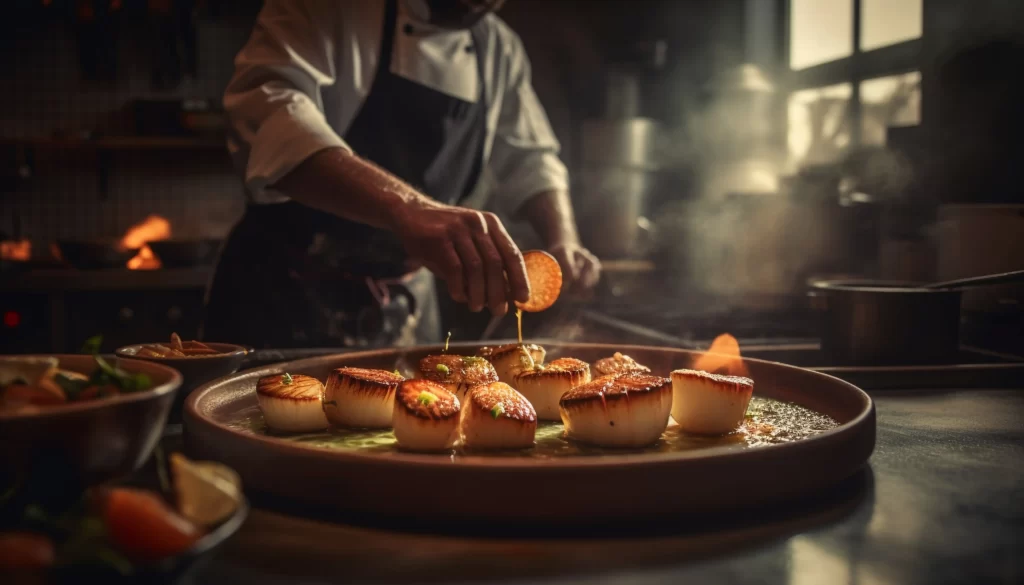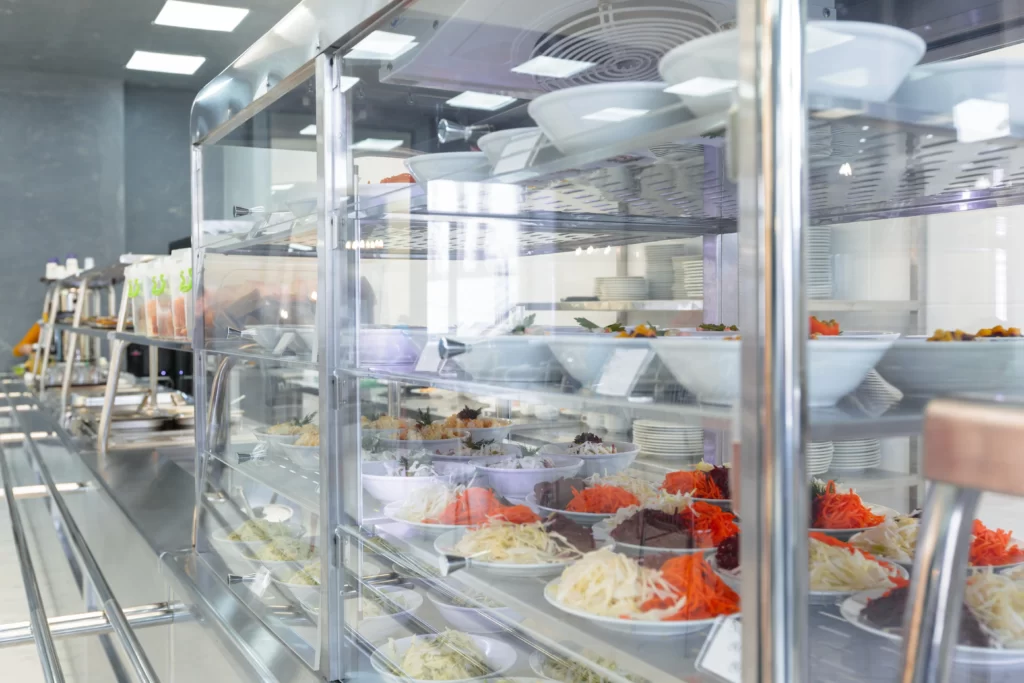A commercial kitchen is a busy and dynamic place where delicious food is prepared and served to customers. However, it is also a place where hygiene and cleanliness are paramount to ensure the safety and satisfaction of both customers and staff. A dirty or poorly maintained commercial kitchen can lead to food poisoning, cross-contamination, pest infestation, fire hazards, and legal issues. Therefore, it is essential to follow some best practices and tips for maintaining hygiene and cleanliness in your commercial kitchen.
The Four C’s of Food Hygiene
One of the easiest ways to remember the basic principles of food hygiene is to follow the four C’s: cleaning, cooking, chilling, and cross-contamination. These four C’s cover the most important aspects of food safety and hygiene in the kitchen, and they are:
- Cleaning: This involves keeping your kitchen equipment, utensils, surfaces, and hands clean and sanitized at all times. Cleaning helps to remove dirt, grease, and bacteria that can cause food spoilage or illness. You should use the right cleaning products and tools for each task, and follow a regular cleaning schedule that includes daily, weekly, and monthly tasks. Some examples of cleaning tasks are:
- Wiping down surfaces and equipment after each use with hot soapy water and a sanitizing solution.
- Emptying and cleaning grease traps, filters, and drains regularly to prevent clogging and odours.
- Deep cleaning ovens, hobs, fryers, and refrigerators at least once a month to remove any burnt-on food or grease.
- Washing and drying dishes, cutlery, and utensils thoroughly after each use, and storing them in a clean and dry place.
- Washing and drying your hands before and after handling food, especially raw meat, poultry, eggs, and seafood, and after using the bathroom, sneezing, coughing, or touching your hair or face.

- Cooking: This involves cooking food to the right temperature and time to kill any harmful bacteria that may be present. Cooking also helps to preserve the quality and flavour of food. You should use a food thermometer to check the internal temperature and follow the recommended cooking guidelines for each type of food.

- Chilling: This involves storing food at the right temperature and time to prevent the growth of bacteria and spoilage. Chilling also helps to extend the shelf life and freshness of food. You should use a refrigerator or freezer to store food and follow the recommended storage guidelines for each type of food. Some examples of chilling tips are:
- Refrigerate or freeze food within two hours of cooking or purchasing, or within one hour if the temperature is above 90°F (32°C).
- Keep the refrigerator temperature at or below 40°F (4°C), and the freezer temperature at or below 0°F (-18°C).
- Label and date food containers, and use the FIFO (first in, first out) method to rotate food and avoid waste.
- Do not overfill the refrigerator or freezer, as this can reduce the air circulation and affect the cooling efficiency.
- Thaw frozen food in the refrigerator, under cold running water, or in the microwave, and never at room temperature.
- Cross-contamination: This involves preventing the transfer of bacteria from one food or surface to another. Cross-contamination can occur through direct contact, such as cutting raw meat and vegetables on the same cutting board, or indirect contact, such as using the same utensils or equipment for different foods. Cross-contamination can lead to serious food poisoning and allergic reactions. You should use separate equipment, utensils, and surfaces for raw and cooked foods, and wash and sanitize them after each use. Some examples of cross-contamination prevention are:
- Use color-coded cutting boards, knives, and containers for different types of food, such as red for raw meat, green for vegetables, and blue for seafood.
- Store raw food below cooked food in the refrigerator, and use sealed containers or bags to prevent drips or leaks.
- Wash fruits and vegetables before cutting or peeling them, and discard any bruised or damaged parts.
- Do not reuse marinades or sauces that have been in contact with raw meat, poultry, or seafood, and do not use the same plate or platter for raw and cooked food.

Maintaining hygiene and cleanliness in your commercial kitchen is not only a legal requirement but also a moral obligation. By following the best practices and tips outlined in this article, you can ensure your commercial kitchen is clean and safe, and provide your customers and staff with high-quality food and service. If you need any assistance or advice on how to design, equip, or manage your commercial kitchen, you can contact HPG Consulting, as a leading commercial kitchen consultant we specialize in commercial kitchen solutions. HPG Consulting can help you plan, install, maintain, and optimise your commercial kitchen, and ensure you meet the highest standards of hygiene and efficiency. To learn more about HPG Consulting and its services, visit their website or call them today.